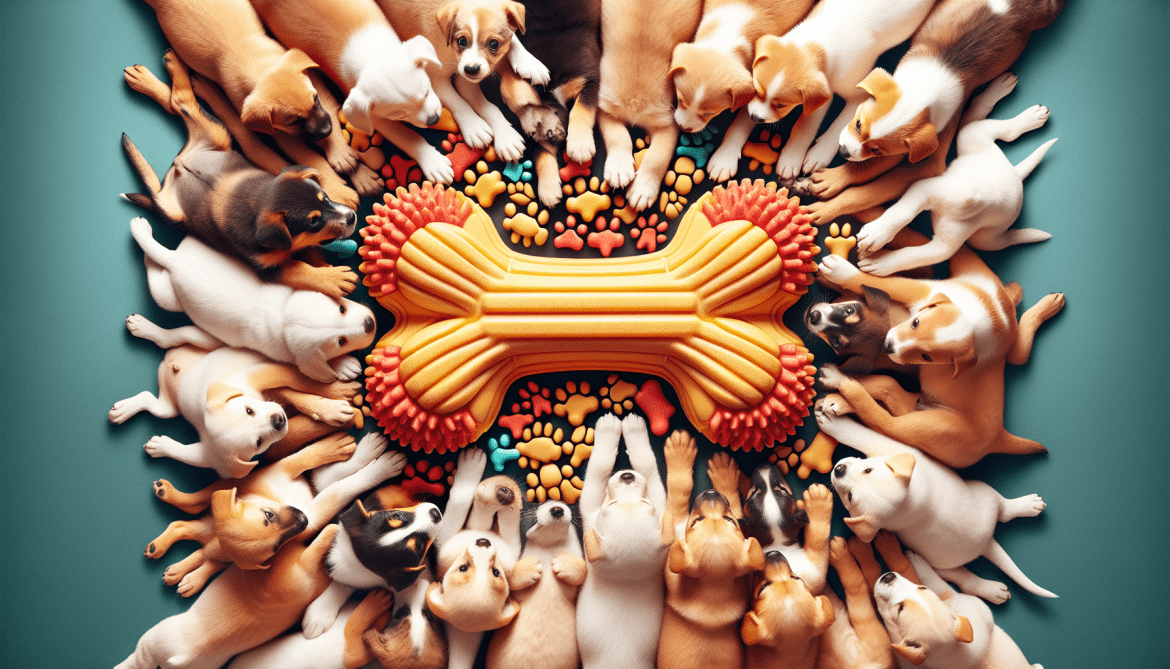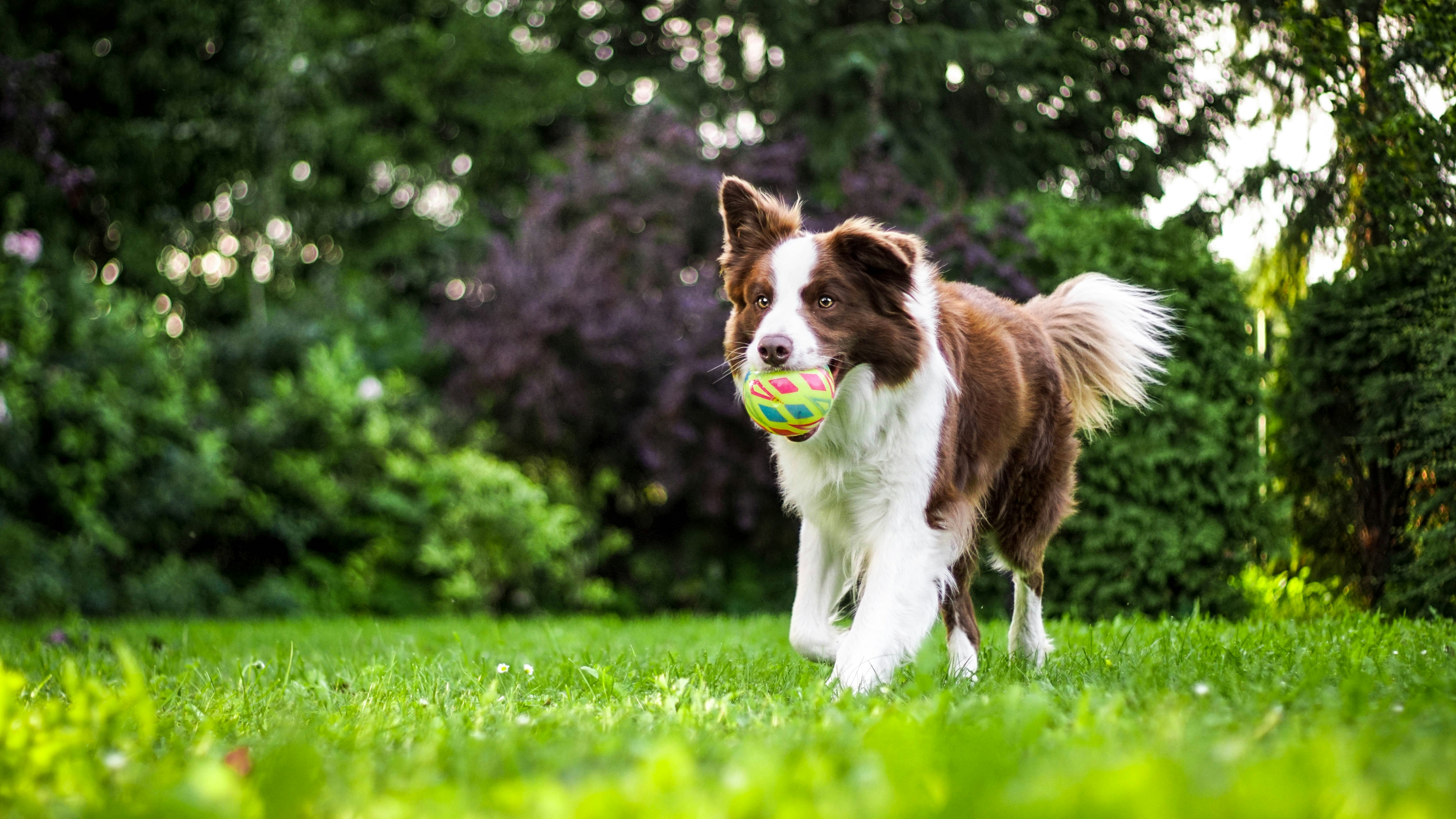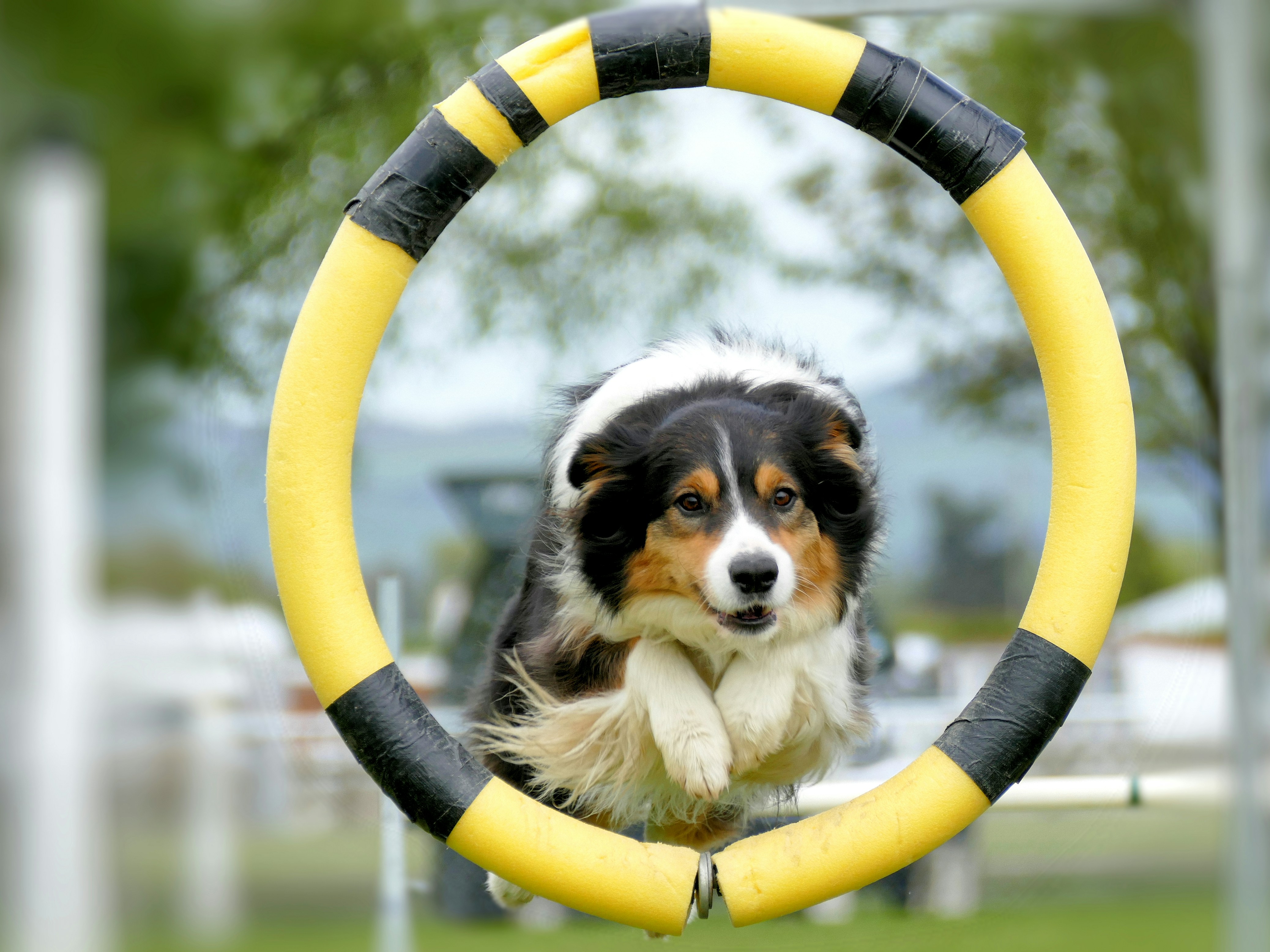Have you recently welcomed a playful and adorable puppy into your home, only to find yourself on the receiving end of their sharp little teeth? If you find yourself constantly dodging puppy bites and wondering how to train your furry friend to stop this behavior, look no further. In this article, we will share proven methods to help you nip the nipping in the bud and teach your puppy not to bite. With these helpful techniques, you and your puppy will enjoy a harmonious and bite-free relationship in no time.
Understanding the Need to Train Puppies Not to Bite
Why puppies bite
Puppies, like human babies, use their mouths to explore the world around them. Biting is a natural behavior for puppies as they are teething and learning about their environment. However, if not properly addressed, this behavior can become a problem as puppies grow older and their teeth become stronger. Understanding why puppies bite is crucial in order to effectively train them not to bite.
The importance of teaching bite inhibition
Teaching bite inhibition is an essential part of training puppies not to bite. Bite inhibition is the ability for a dog to control the force of their bite, ensuring that if they do bite, it does not cause harm. This skill is crucial as it establishes boundaries and prevents serious injury in the future. By teaching puppies bite inhibition, we can ensure that they grow up to be well-behaved and socially responsible adult dogs.
When to start training
Puppies can start learning bite inhibition as early as eight weeks old. It is important to start training them during their early developmental stages to prevent biting habits from becoming ingrained. Puppies have a natural inclination to learn and adapt, making this an ideal time to teach them proper behavior. By starting training early, you can set your puppy up for a lifetime of good habits.
Creating a Safe Environment
Puppy-proofing your home
Before bringing a puppy home, it is crucial to ensure that your living space is safe and free from potential hazards. This means removing any toxic plants, securing loose cables, and storing chemicals out of reach. Puppies love to explore and investigate their surroundings, so it is important to make sure they cannot come into contact with anything that might harm them.
Using barriers and gates
Using barriers and gates can help create designated spaces for your puppy to roam freely while still being supervised. This can be especially useful during training sessions or when you need a break from active play. Barriers and gates allow you to control your puppy's access to certain areas of your home, keeping them safe and preventing them from engaging in unwanted behaviors.
Providing appropriate chew toys
Puppies have a natural urge to chew, especially when they are teething. To redirect their biting behavior onto appropriate items, provide them with a wide variety of chew toys. Make sure these toys are durable, safe, and specifically designed for puppies. By offering them an alternative to biting your hands or furniture, you can teach them that chewing on appropriate items is both encouraged and rewarded.
This image is property of images.unsplash.com.
Positive Reinforcement Training
Using treats and rewards
Positive reinforcement training is a highly effective approach to teach puppies not to bite. By using treats and rewards, you can incentivize and reinforce desirable behaviors. When your puppy engages in gentle play or refrains from biting, offer them a small treat or verbal praise. This positive feedback teaches them that not biting results in positive outcomes, making them more likely to repeat the behavior in the future.
Clicker training
Clicker training is another valuable tool in teaching puppies not to bite. By using a clicker, a small handheld device that makes a distinct sound, you can mark the precise moment your puppy displays desirable behavior. This creates a clear association between the behavior and the reward. Clicker training allows for more precise communication with your puppy, making the learning process faster and more efficient.
Voice commands and cues
In addition to treats and clicker training, using voice commands and cues can help reinforce the desired behavior of not biting. By consistently using specific commands such as "No bite" or "Gentle," you can communicate your expectations and guide your puppy's behavior. Pairing these commands with positive reinforcement, such as treats or praise, strengthens the association and helps your puppy understand what is expected of them.
Redirecting and Distracting
Redirecting biting onto toys
When your puppy starts to bite, it is important to redirect their attention onto appropriate toys instead of your hands or clothing. Keep a variety of chew toys readily available and offer them to your puppy whenever they start to gnaw on something they shouldn't. By consistently redirecting their biting behavior onto toys, you are teaching them what is acceptable to chew on and what is not.
Engaging the puppy in play
Playtime is a crucial part of a puppy's development, and it can also serve as an opportunity to teach them not to bite. Engage in interactive play sessions with your puppy, using toys that encourage gentle play rather than rough biting. By replacing rough play with gentle play, you are reinforcing positive behaviors and discouraging biting habits.
Utilizing interactive puzzle toys
Interactive puzzle toys are a fantastic way to not only stimulate your puppy's mind but also keep them engaged and distracted. These toys usually require your puppy to use their problem-solving skills to retrieve treats or toys hidden within the puzzle. By providing your puppy with these types of toys, you can redirect their focus away from biting and towards a mentally stimulating activity.
This image is property of images.unsplash.com.
Teaching Bite Inhibition
Encouraging gentle play
One effective technique to teach bite inhibition is to encourage gentle play with your puppy. During playtime, if your puppy starts to bite hard, let out a high-pitched yelp to mimic the sound their littermates would make if bitten too hard. This will startle your puppy and help them understand that biting too hard is not acceptable. Immediately afterwards, redirect their attention to a chew toy or engage in gentle play again. Consistently repeating this process will reinforce bite inhibition and discourage biting.
Using socialization and playdates
Socialization and playdates with other well-behaved dogs are excellent opportunities to teach bite inhibition. During these interactions, if your puppy bites too hard, the other dog will likely give a swift response, teaching your puppy the consequences of biting too intensely. By providing regular opportunities for your puppy to interact with other dogs, you are helping them refine their bite inhibition skills in a safe and controlled environment.
Giving feedback on bite pressure
Every time your puppy bites, even if it is gentle, it is important to provide feedback on their bite pressure. This can be done by immediately ceasing play and redirecting their attention to a chew toy if they bite too hard. By consistently reinforcing gentle play and redirecting inappropriate biting, you are helping your puppy understand the appropriate amount of pressure to use when playing or interacting with others.
Consistency and Repetition
Establishing consistent rules
Consistency is key when training puppies not to bite. Establish clear rules and boundaries from the start, and ensure that all family members and caregivers are on the same page. Responding to biting behaviors consistently will prevent confusion for your puppy and make it easier for them to understand what is expected of them.
Regular training sessions
Regular training sessions are essential in reinforcing bite inhibition and teaching puppies the appropriate behavior. Set aside dedicated time each day to work on training exercises, focusing on bite inhibition and other desired behaviors. Keep your training sessions short and engaging to maintain your puppy's attention and motivation.
Reinforcing training throughout the day
Training should not be limited to formal sessions; reinforcement should occur throughout the day. Whenever your puppy demonstrates appropriate behavior, provide positive reinforcement in the form of treats, praise, or affection. By consistently reinforcing desired behavior, your puppy will quickly learn that not biting is the preferred way to interact with their environment.
This image is property of images.unsplash.com.
Avoiding Negative Reinforcement
Why punishment is not effective
Punishment is not an effective method to train puppies not to bite. Physical punishment or intimidation can lead to fear and anxiety, damaging the trust and bond between you and your puppy. Punishment also fails to address the root cause of the biting behavior and may even escalate the unwanted behavior. Instead of punishment, focus on positive reinforcement techniques to encourage desired behaviors.
Avoiding aggressive or rough play
While play is an important part of a puppy's development, it is crucial to avoid any aggressive or rough play that may encourage biting. Rough play can confuse puppies and blur the line between appropriate play and aggression. Encourage gentle play and redirect any rough behavior onto appropriate toys or activities.
Ignoring unwanted behavior
When your puppy exhibits unwanted behavior, such as biting, it is important to avoid giving them attention or reaction. Ignoring the behavior sends a clear message that biting will not garner the desired response or attention. By removing yourself from the situation or redirecting their attention, you are actively discouraging the biting behavior without resorting to punishment.
Managing Overexcitement
Recognizing triggers
Puppies can sometimes become overly excited, leading to an increase in biting behavior. It is important to recognize and understand the triggers that contribute to their overexcitement. This could be certain play activities, interactions with certain people or animals, or even specific environments. Once you identify these triggers, you can take steps to manage them and prevent your puppy from becoming too excited and resorting to biting.
Teaching calmness and self-control
Teaching your puppy calmness and self-control is essential in managing their overexcitement and reducing biting behavior. Practice exercises that require your puppy to remain calm and controlled, such as sitting and staying before being rewarded with playtime or treats. By consistently reinforcing calm behavior, you can help your puppy develop the skills necessary to manage their excitement and reduce biting.
Implementing time-outs
If your puppy becomes overly excited and their biting behavior escalates, implementing a time-out can be an effective way to manage their behavior. Move your puppy to a designated quiet area, such as a crate or playpen, and withhold attention and interaction for a short period of time. This break allows them to calm down and reinforces that overly excited behavior leads to a loss of attention and playtime.
Seeking Professional Guidance
Consulting a dog trainer or behaviorist
If you are struggling with training your puppy not to bite, it may be beneficial to seek professional guidance from a dog trainer or behaviorist. These experts can assess your puppy's behavior and provide personalized training techniques and strategies to address the biting behavior effectively. They can also offer guidance on other aspects of your puppy's training and development.
Joining puppy training classes
Puppy training classes provide a structured and supportive environment for both you and your puppy. In these classes, you can learn from experienced trainers and interact with other puppy owners facing similar challenges. The socialization opportunities in these classes can be particularly beneficial in teaching bite inhibition and other essential skills.
Identifying potential underlying issues
In some cases, persistent biting behavior may be a sign of underlying issues that require professional attention. If your puppy's biting is aggressive, excessive, or appears to be driven by fear or anxiety, it is important to consult a veterinarian or behaviorist. These professionals can help identify any potential health or behavioral issues contributing to the biting behavior and develop a comprehensive plan to address them.
Being Patient and Understanding
Recognizing that biting is a natural behavior
It is important to remember that biting is a natural behavior for puppies. They use their mouths to explore and learn about their surroundings, and this includes biting. By understanding that biting is a normal part of their developmental process, you can approach training with patience and understanding.
Consistently reinforcing positive behavior
Consistency is key when training puppies not to bite. Consistently reinforce positive behavior through rewards, praise, and redirecting their attention. By consistently providing positive reinforcement, you are helping your puppy understand what behaviors are desirable and encouraging them to continue exhibiting these behaviors.
Understanding individual puppy temperament
Keep in mind that each puppy is unique and may require different approaches and levels of patience. Some puppies may be more quick to learn and adapt, while others may require more time and repetition. Understanding and respecting your puppy's individual temperament will contribute to a more effective and successful training process.





